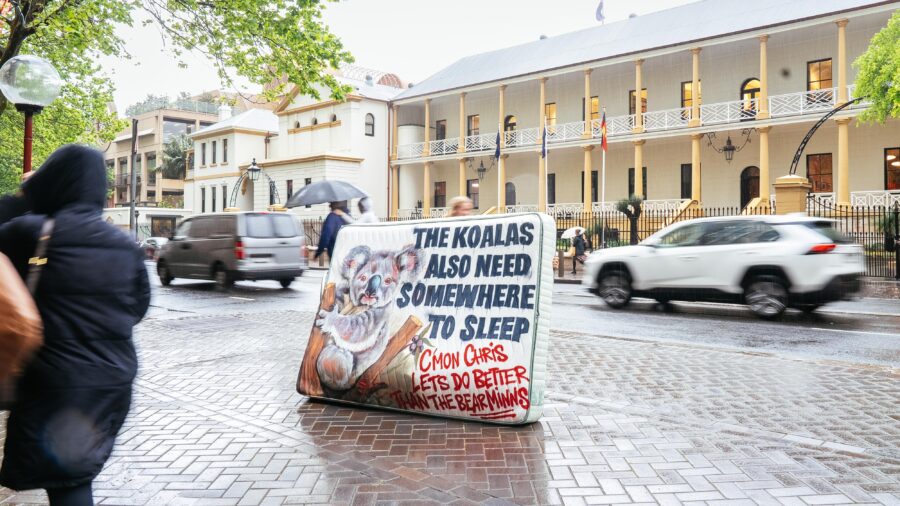
Bear minimum isn’t enough to save Great Koala National Park
“Koala numbers have halved in the past 20 years… We must turn this trend around and instead double the number of east-coast koalas by 2050.”

“Koala numbers have halved in the past 20 years… We must turn this trend around and instead double the number of east-coast koalas by 2050.”
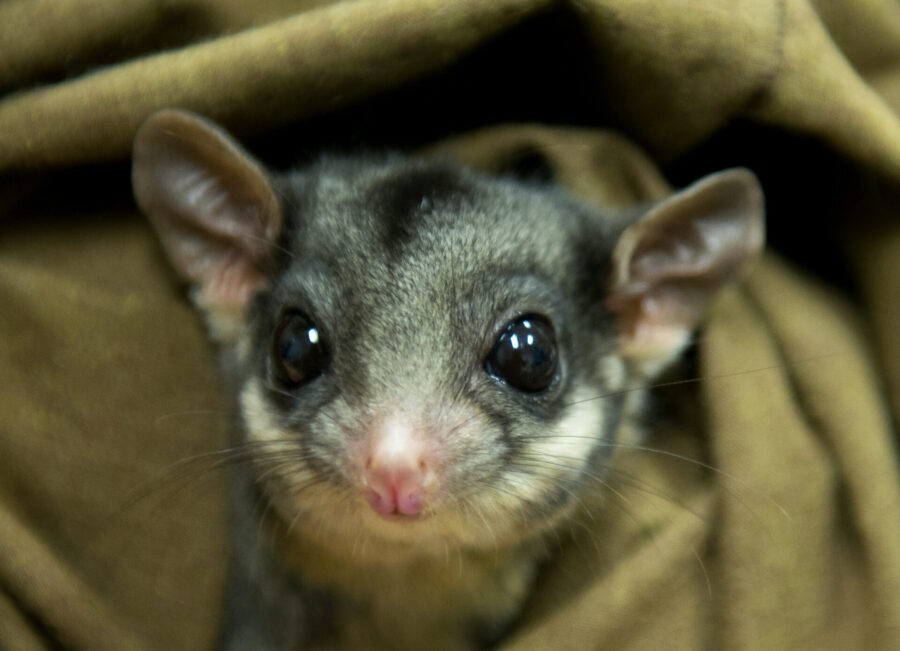
Conserving Australia’s biodiversity requires a national reckoning, argues wildlife ecologist Euan Ritchie.
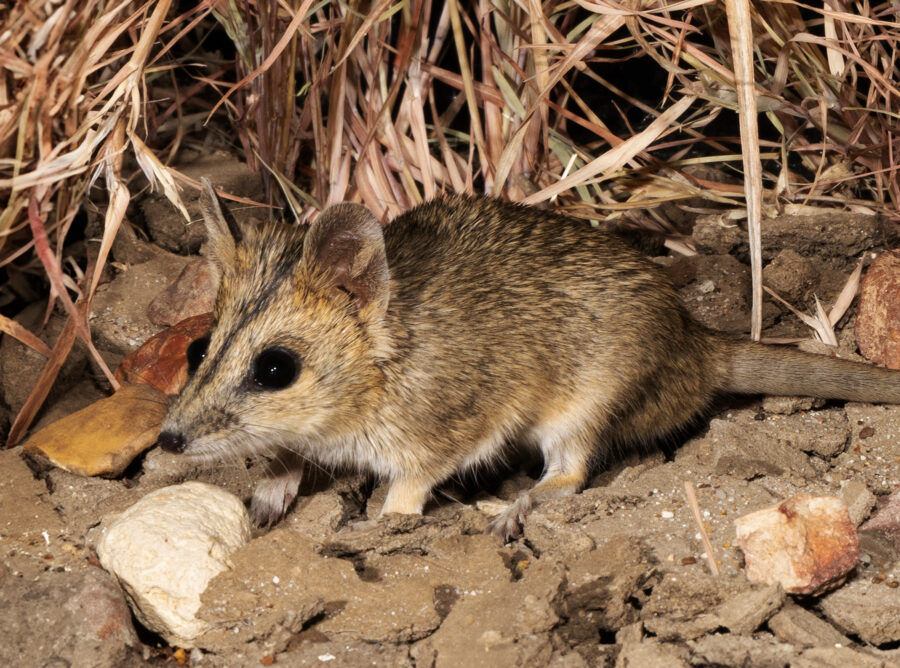
They live in a secret underground world, hidden down the cracks of the hardened clay soil of outback Queensland – small as a mouse, cute as a bilby and sometimes as ferocious as a tiger.
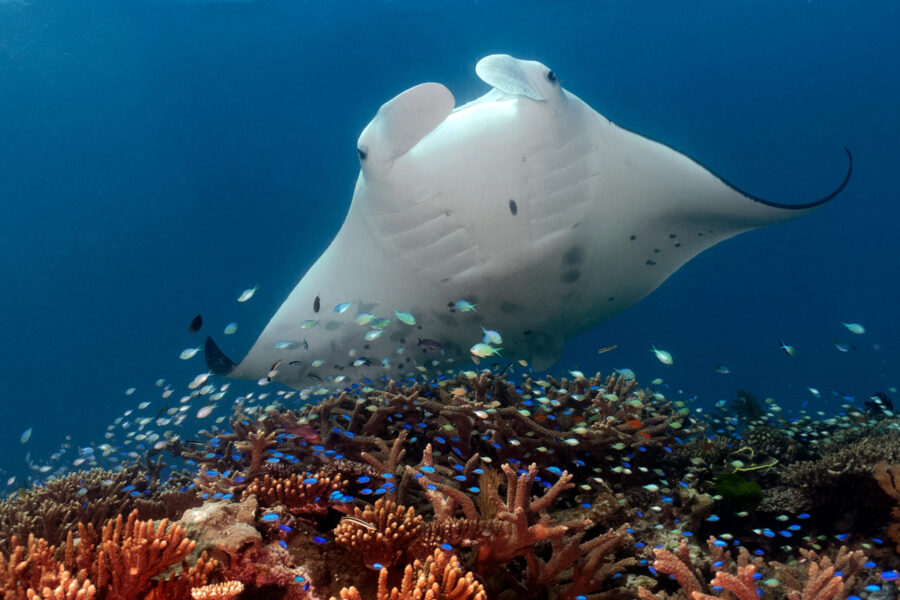
Ask anyone who has encountered a manta ray in the wild to recount the experience, and you’ll witness their eyes illuminate, their faces animate, and perhaps their arms will instinctively mimic the graceful, soaring movements of these majestic creatures.

According to researchers, the social media race for nature photos can trash ecosystems – or trigger rapid extinction.
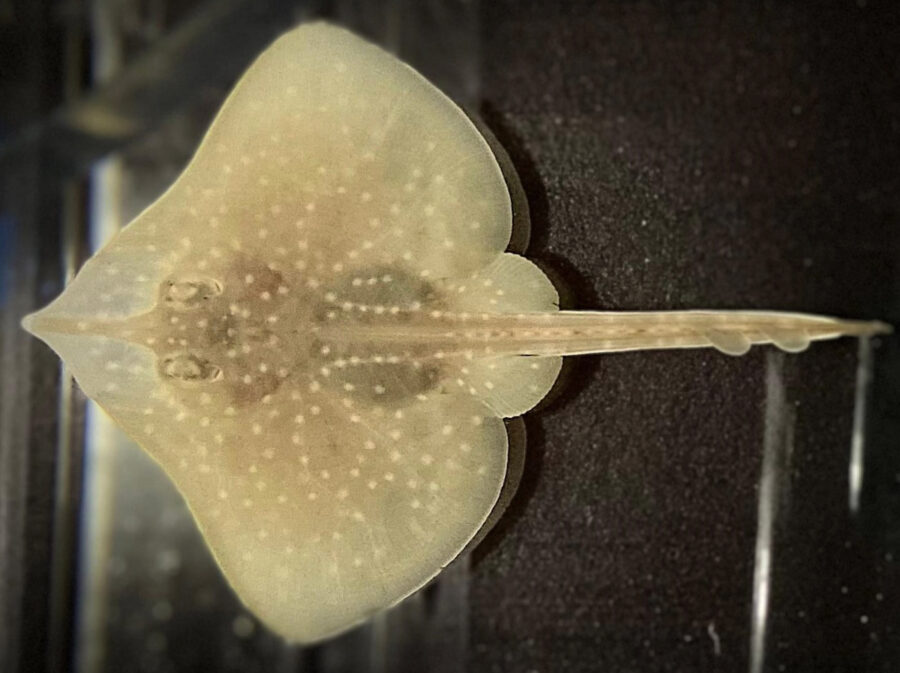
In a world first, a Maugean skate has hatched from an egg laid in captivity. Scientists hope it’s the first of many.
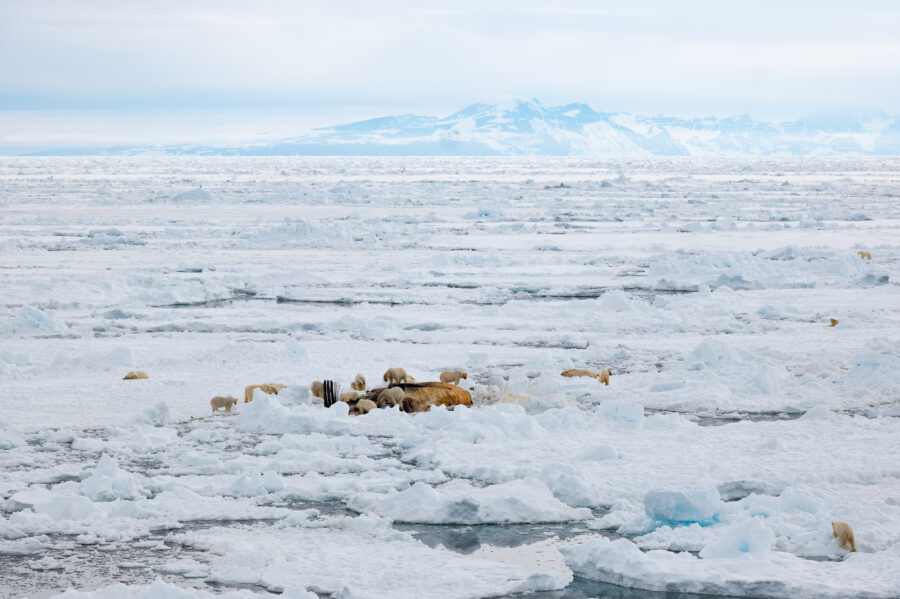
A historic gathering of 68 polar bears has been seen, for the first time, feeding on a whale carcass in the Arctic.

Australia’s Wet Tropics are a unique ecosystem home to many species not found anywhere else in the world, which is why we must understand and protect this incredible landscape.
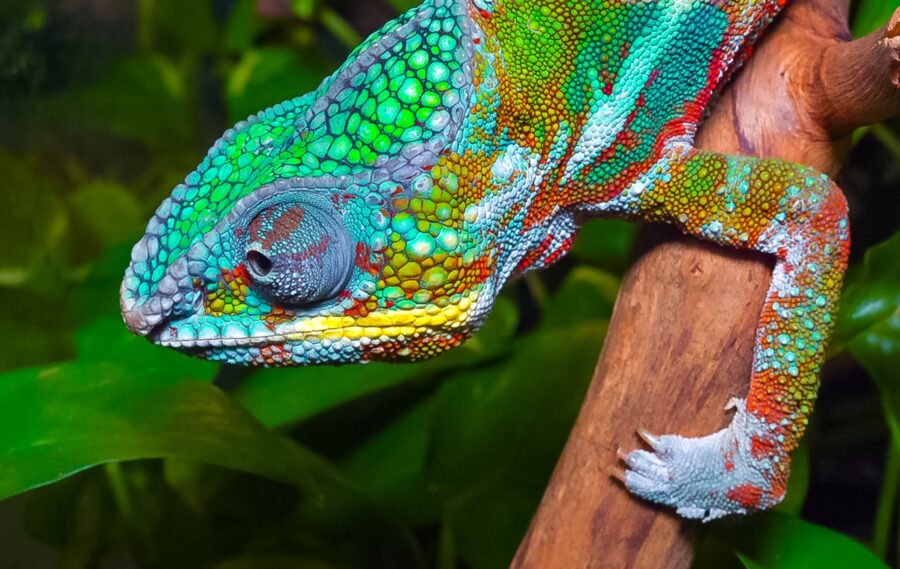
Australia is renowned for its native flora and fauna, but did you know the continent is also home to about 3,000 “alien” species of animals, plants, fungi and microbes?
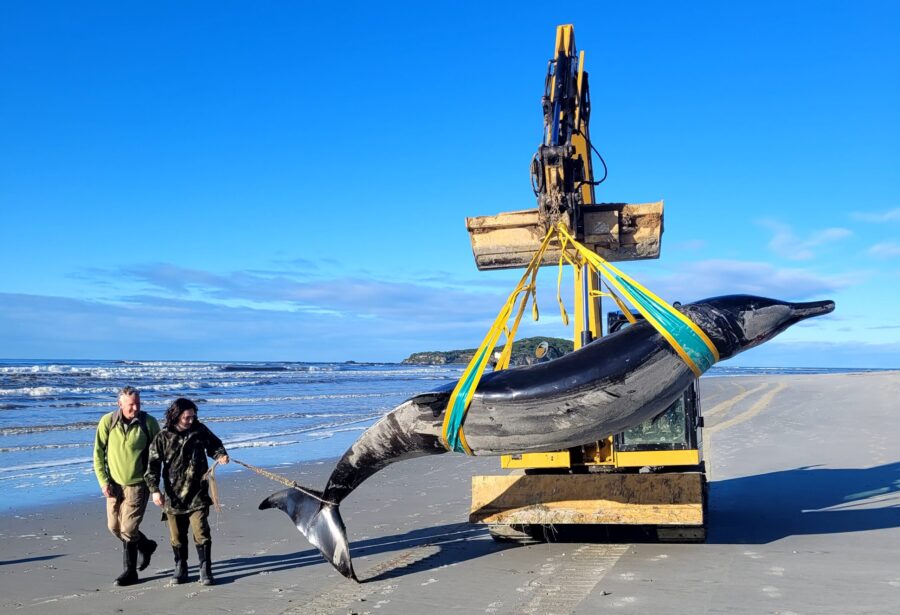
A spade-toothed whale washed up on a New Zealand beach earlier this month. To understand how momentous this is requires a look back at the history of the enigmatic species.